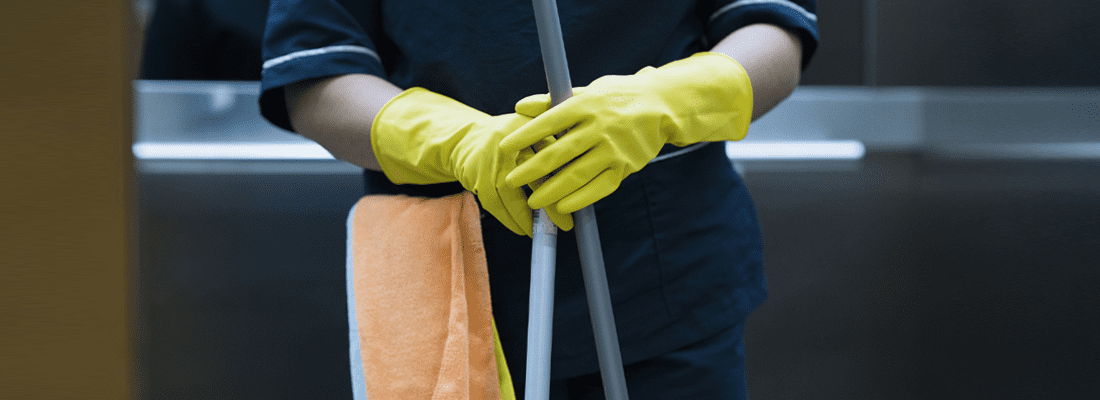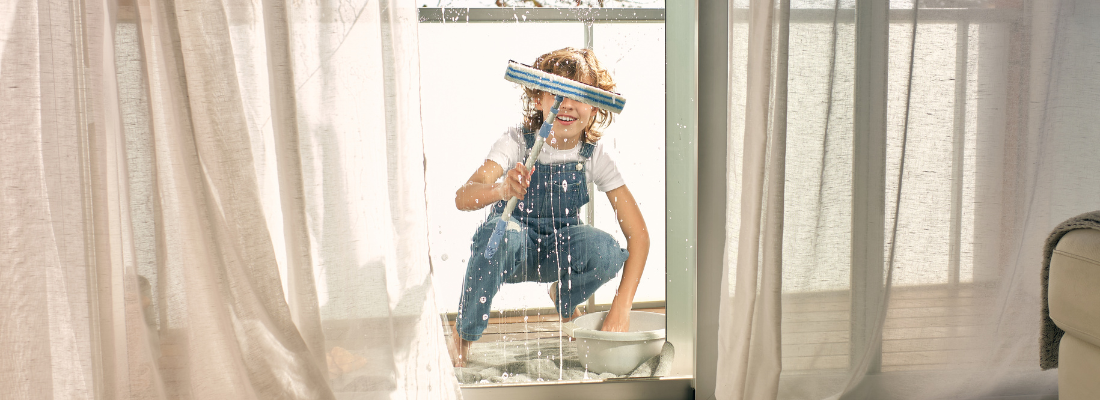How do you prevent infection as a Cleaning professional?
An outbreak of infections can lead to unpleasant and sometimes life-threatening situations within a healthcare environment. It is therefore crucial to minimise the risk of an infection outbreak in a hospital or healthcare organisation.
What is infection prevention?
Infection prevention is the prevention of the spread of infections, or infectious disease control. Infection prevention and hygienic working in healthcare go hand in hand. This is necessary, because infections in healthcare have major consequences for a healthcare institution. Think of additional suffering from clients and a longer stay in care institutions, long-term sick leave for staff, resistance of pathogens through the use of antibiotics and high costs for institutions.
When we look at working hygienically in healthcare, they see many things going well, but they also see things that can be done better. That's in little things. Such as wearing the wrong gloves during care procedures or not properly putting on and stretching protective clothing. As a result, there is a high chance of transmission of pathogens: the start of an infection.
Infection Prevention Tips for Cleaning Professionals
1. Put gloves on (donning) before you start work and take them off (doffing) when you stop work. Use fresh gloves each time you remove them (if disposables are used).
2. Wash your hands frequently and apply sanitizer before and after going to the restroom, eating or taking off your gloves or mask. Wear goggles when mixing chemicals or if there is mist or dust in the air.
3. Keep soiled hands away from your eyes, nose, mouth, face and body.
4. Wear a face mask (particulate respirator N95%) at all times when working and when traveling in congested public spaces. (bus, plane, train, etc.)
5. Do not go to work if you are sick (cough, cold, flu, temperature, shortness of breath, runny nose, open wounds). Those reporting to work when sick should be sent home and referred to their personal physician.
6. Use disinfectant solution or wipes to regularly clean all high-touch surfaces such as light switches, elevator buttons, hand rails, drinking fountains, phones, door push plates and handles, counters, desks, keyboards, etc. Do the same at home, when you travel or use public facilities.
7. Use vacuum cleaners, auto-scrubbers and carpet extractors that provide HEPA filtration.
8. No handshakes or hugging (for now), Arm/Elbow bumping is in. Use phones & email to reduce personal contact and use your own phone, computer and stapler, etc. Disinfect frequently.
9. Keep your distance from others 4-6 ft is best. (cough and sneeze zone)
10. Don’t be scared, be proactive by reducing risks & taking steps that help prevent cross infection. Be aware of your surroundings and take action to protect yourself, your family and the public.
Other Suggestions:
- For high levels of cleaning and disinfection consider use of an electrostatic spray system for chemical application.
- Do not use brooms or dust mops for dry soil removal.
- Do not return soiled wet mops or cleaning cloths to same bucket or container.
- Replace cleaning solution, mops, cloths regularly (when they become cloudy, visibly soiled or per policy) to prevent loss of effectiveness and contamination. Some areas require single use only. Mix chemicals per label instructions and allow specified dwell time (up to 7-10 Min).
- Employers may wish to provide sanitising wipes for employee keyboards, and desktops, etc. and tissue for employees to catch sneezes, etc.
Source: William Griffin, www.cleaningconsultants.com
Receive the best newsletter on cleaning & hygiene - straight to your inbox!
We promise never to send you spam and you can unsubscribe at any time!








